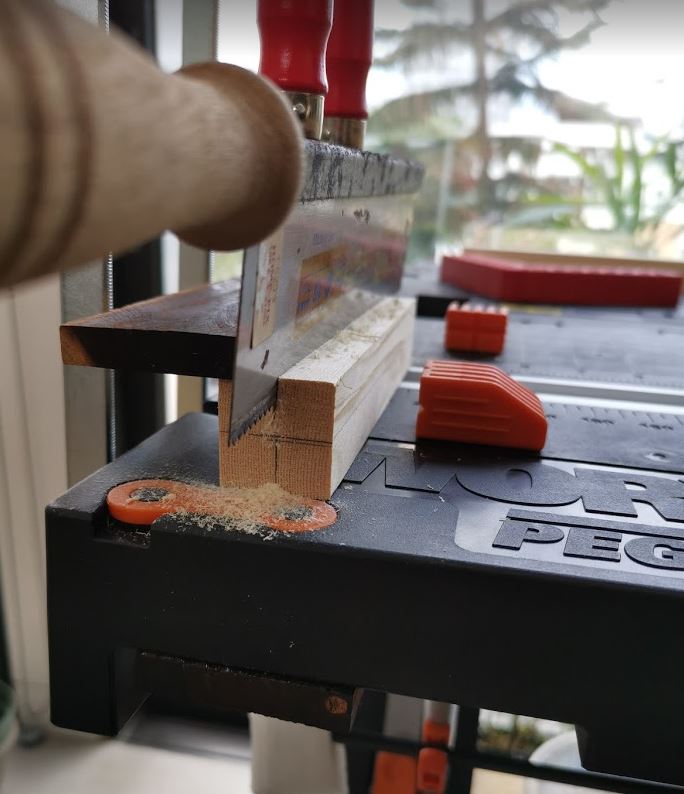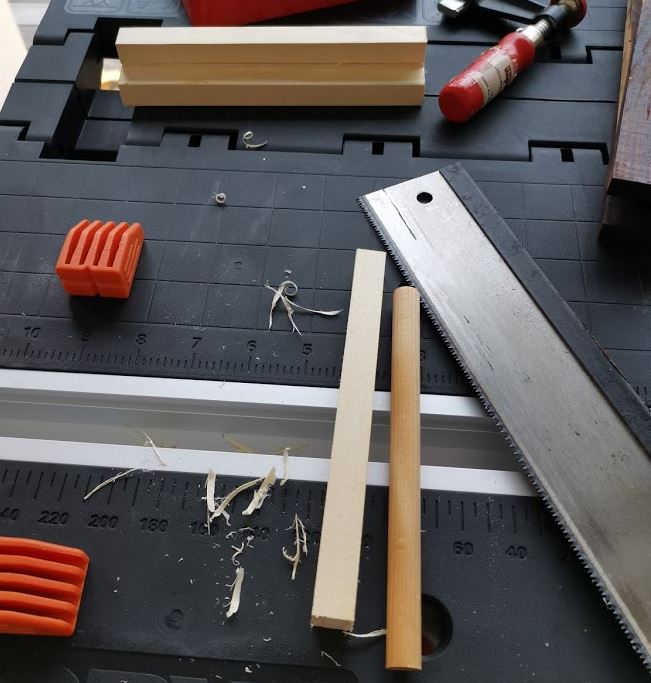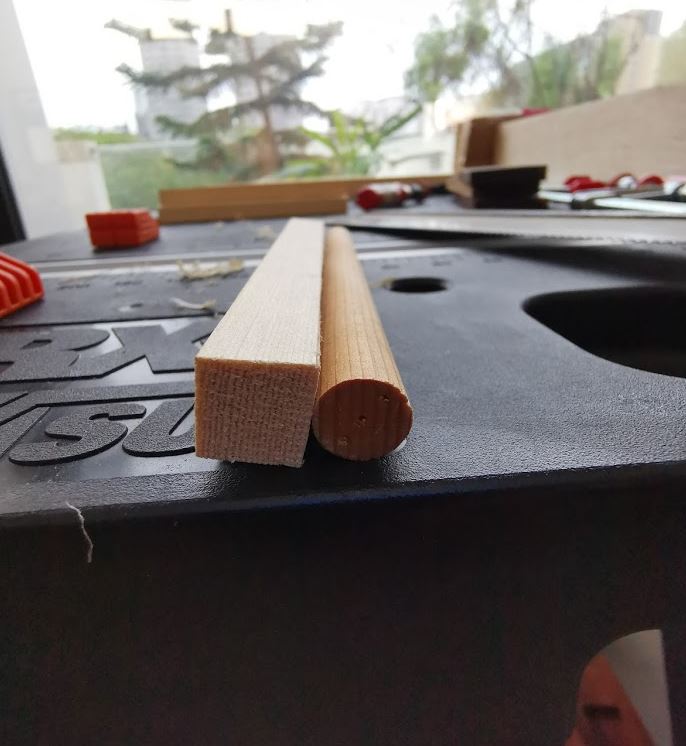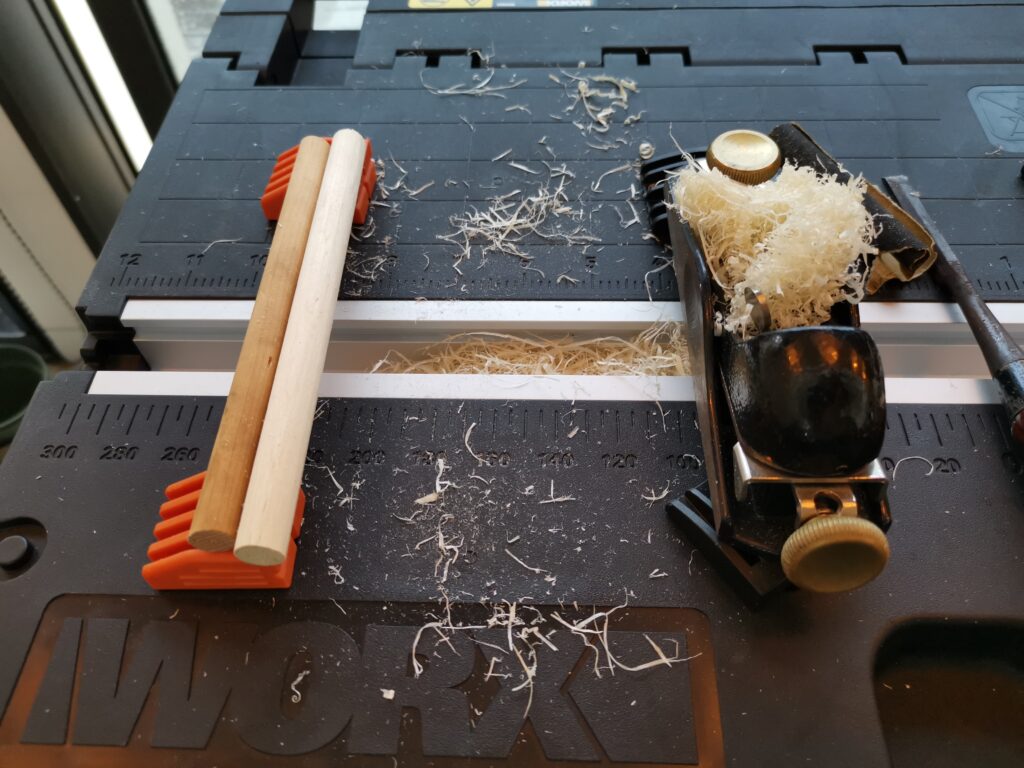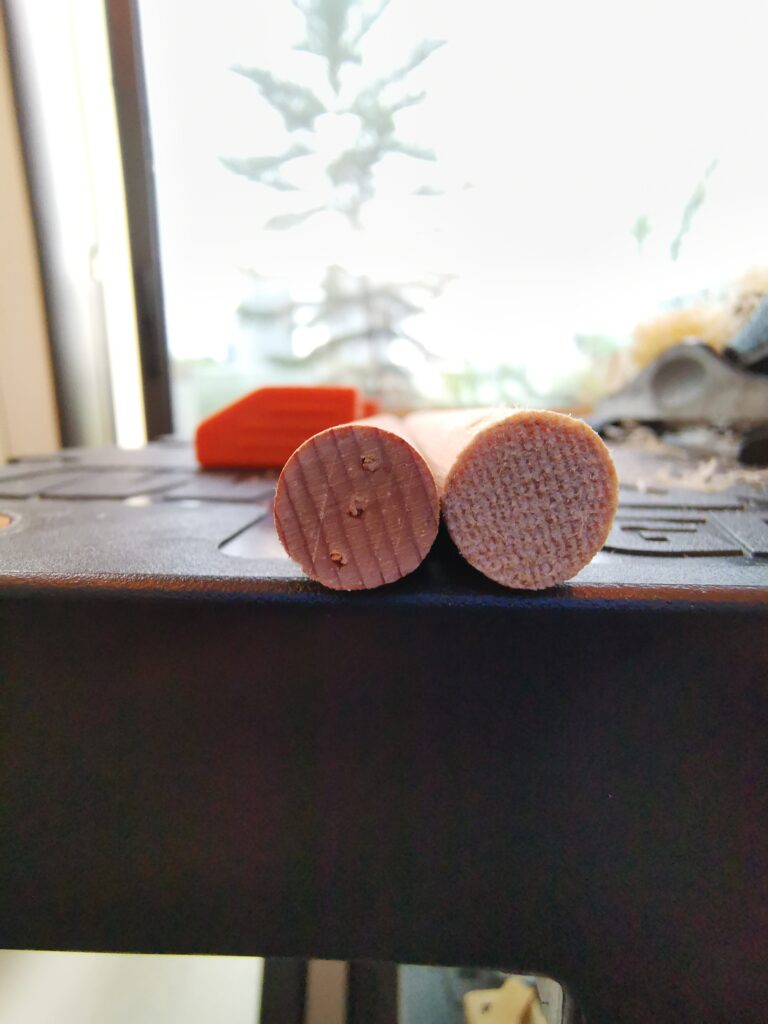Over the course of the past 2 months, and as part of an introspective series on ticking off the checkboxes in my bucket list I have been playing the cello. But true to form, I have also been taking the opportunity to pick up the finer traits of setting up cellos – and along the way, I’ve fiddled (no pun intended) with a violin.
The brilliant thing about the cello for experimenters like me is that there are many variables that affect the tonal quality of the cello. Apart from the build/construct of the cello (and the bow used) itself, which is hard to modify after its completion – the fittings of the cello lend themselves to a wide latitude of tweaking and experimentation. Aside from the positional aspects, the material used also affects the quality of tone – these are the bridge, soundpost, tailpiece, tailgut/endpin as well as pegs and strings.
Here’s me attempting to make my own dowel shaped soundpost with no lathe. This is nothing more than a very iterative process of attempting to shave off every facet of the block evenly, until you get the desired cross-section. It helps that spruce, being a softwood is very pliable to such actions.
